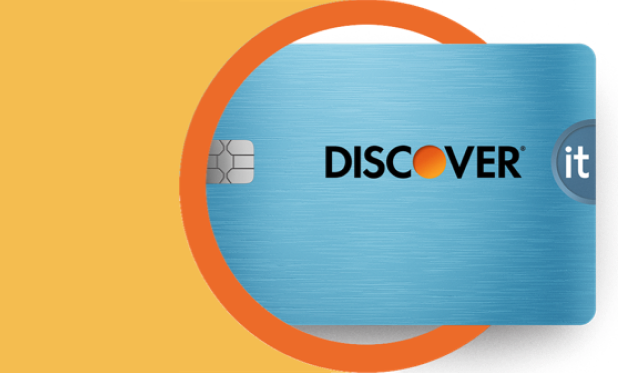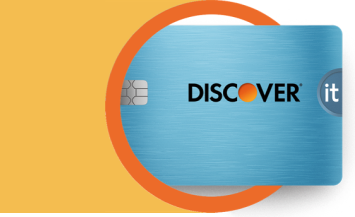Are you looking to save money on your grocery bill? According to the Government Accountability Office, from 2021-2022, U.S. retail food prices rose by 11% (the largest annual increase in over 40 years). With the high cost of food, sticking to a food budget and saving money can be challenging. But, with a few adjustments to your grocery budget, you can save money, and earn a little too with the wise use of a credit card.

How to Shop for Groceries on a Budget
5 min read
Last Updated: October 29, 2024
Next steps

See if you're pre-approved

Learn about Discover It® Cash Back Credit Card
See rates, rewards and other info
You may also be interested in
Was this article helpful?
Was this article helpful?




